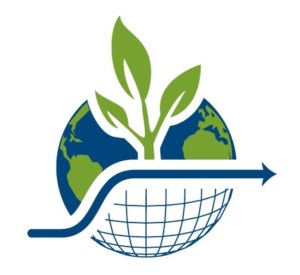When is economic growth desirable?
To determine whether economic growth is desirable requires us to examine its value objectively, without blindly assuming that all growth is worth pursuing. Growth comes with both benefits and costs. The goal is to grow the economy when the benefits are higher than the costs and to have the wisdom to stop growing when the costs catch up. The economic laws of diminishing marginal utility and increasing marginal costs tell us that, over time, costs do catch up with benefits.
How is a steady state economy different from a depression or recession? Isn’t a steady state just a failed growth economy?
A steady state economy is not a failed growth economy. An airplane is designed for forward motion. If it tries to hover, it crashes. It is not fruitful to conceive of a helicopter as an airplane that fails to move forward. It is a different thing designed to hover. Likewise a steady state economy is not designed to grow. Stability in a steady state economy is a healthy condition, a condition that allows people to meet their needs without undermining the life-support systems of the planet.
Without growth, won’t technology and progress come to a halt?
A strong incentive for technological progress exists in a steady state economy because of the drive for better goods and services. With stabilized material and energy inputs (as would occur in a steady state economy), technological progress becomes the main source of higher quality outputs.
If we refuse to grow the economy, won’t that subject us to economic turmoil and unemployment?
For an economy structured for growth, yes. When consumption slows in a growth economy, recession ensues. But a steady state economy is precisely and intentionally structured for stability. It’s the stability that provides a good life for citizens and eliminates turbulent boom and bust cycles.
What makes a steady state economy different from communism?
A steady state economy can exist in a constitutional democracy with a common-sense mixture of markets and market regulations. Market structures are employed to allocate resources efficiently, but some vital decisions (e.g., how big to grow) are kept outside the market. A steady state economy features a mix of private and public ownership of economic resources.
How do you expect to tackle poverty without economic growth?
Economic growth has not eradicated poverty. The condition of having a stable and sustainable population in a steady state economy allows more resources per person. The design of institutions to ensure fair distribution of wealth also provides an income/wealth floor below which no one can fall.
Will transitioning to a steady state economy stifle my freedom and choices?
In a steady state economy, citizens exercise as much freedom as possible without impinging on the freedom of others. Stable numbers of people consuming sustainable levels of resources means that each person has more freedom to pursue desired activities. Economic institutions are designed to respect ecological limits, but personal choice is maximized within that institutional framework.
Can’t we just decouple growth from resource use and waste production?
We can achieve relative decoupling by reducing the ecological intensity per unit of economic output. But to have a sustainable economy, we would need to achieve absolute decoupling, a situation in which resource impacts decline overall. Even if we make great gains in relative decoupling, which we have over the last several decades, these gains can be entirely swamped by economic growth. For example, carbon dioxide emissions per unit of economic output have decreased, but growth in economic output has led to higher absolute emissions of carbon dioxide, despite increasing efficiency.
With technological progress, isn’t it feasible to continue pursuing unlimited economic growth?
The laws of thermodynamics rule the economic production process, and they tell us that, regardless of technology, all production requires high-quality inputs and generates lower-quality outputs. Thermodynamic laws also tell us that we cannot achieve 100% efficiency. When the limits to efficiency have been reached, the only remaining way to grow the economy is by using more natural capital (including energy), which is limited in quantity. The application (or misapplication) of technology also plays a role – if technology isn’t aimed specifically at reducing the overall use of materials and energy, it won’t make any headway on that front.

Got a burning question we didn’t answer? Check out our 2-page briefing papers that cover the basics of limits to growth. Or email us at [email protected] with your question!